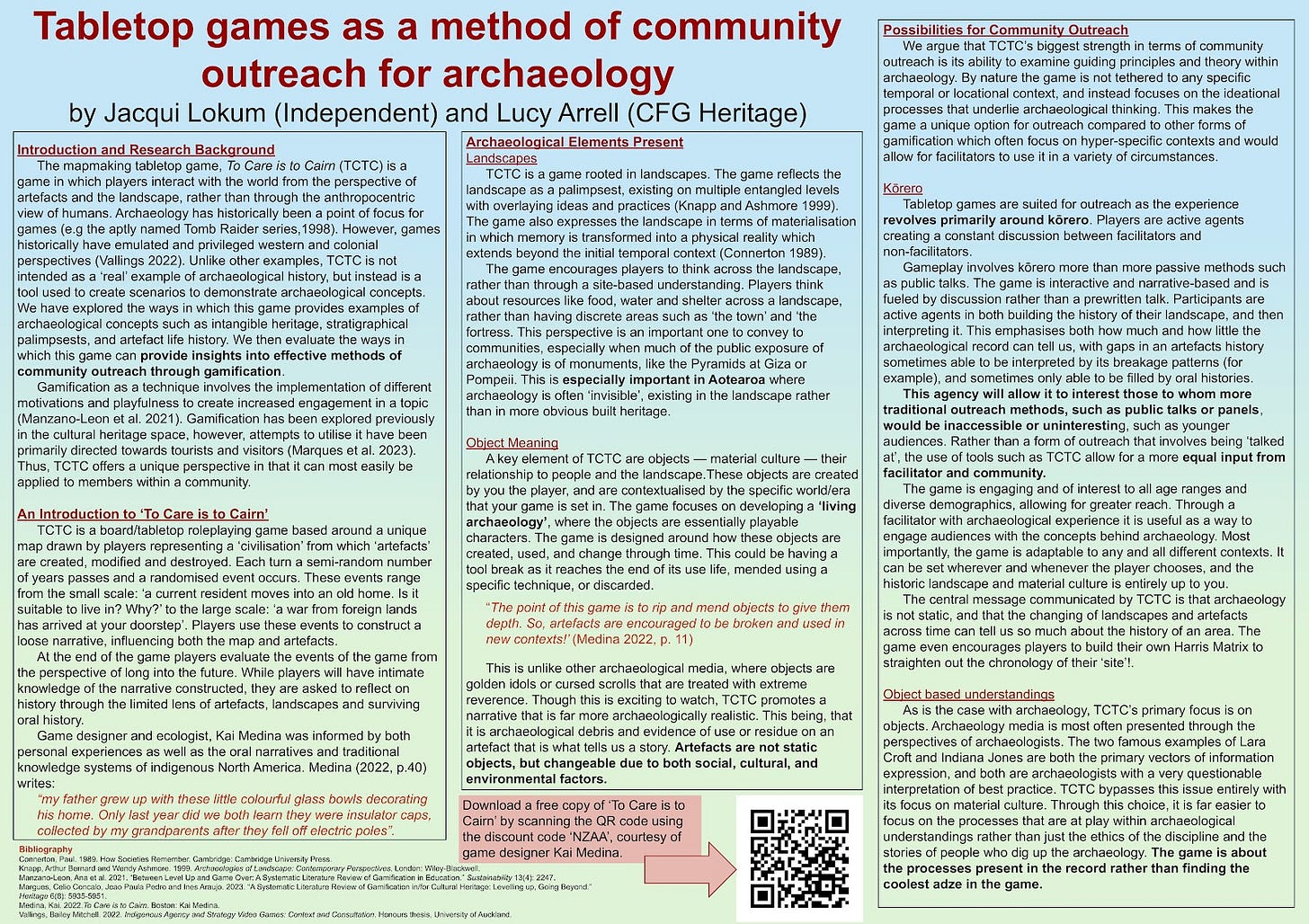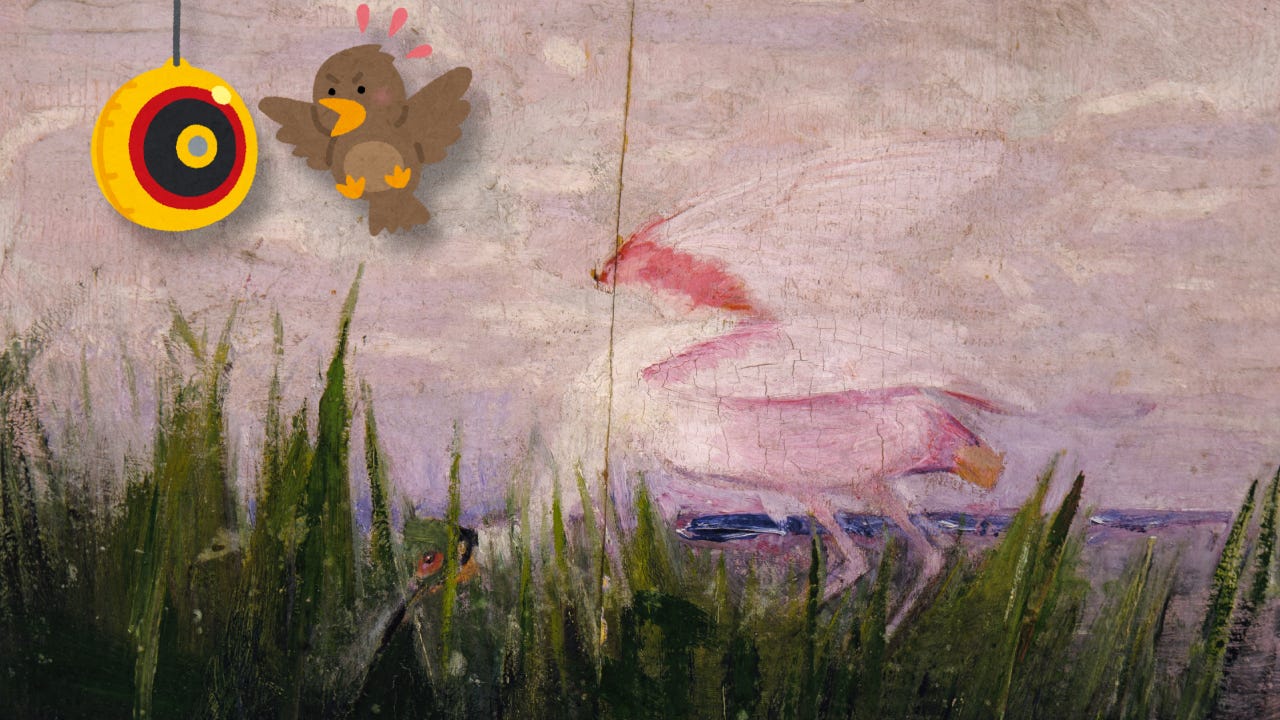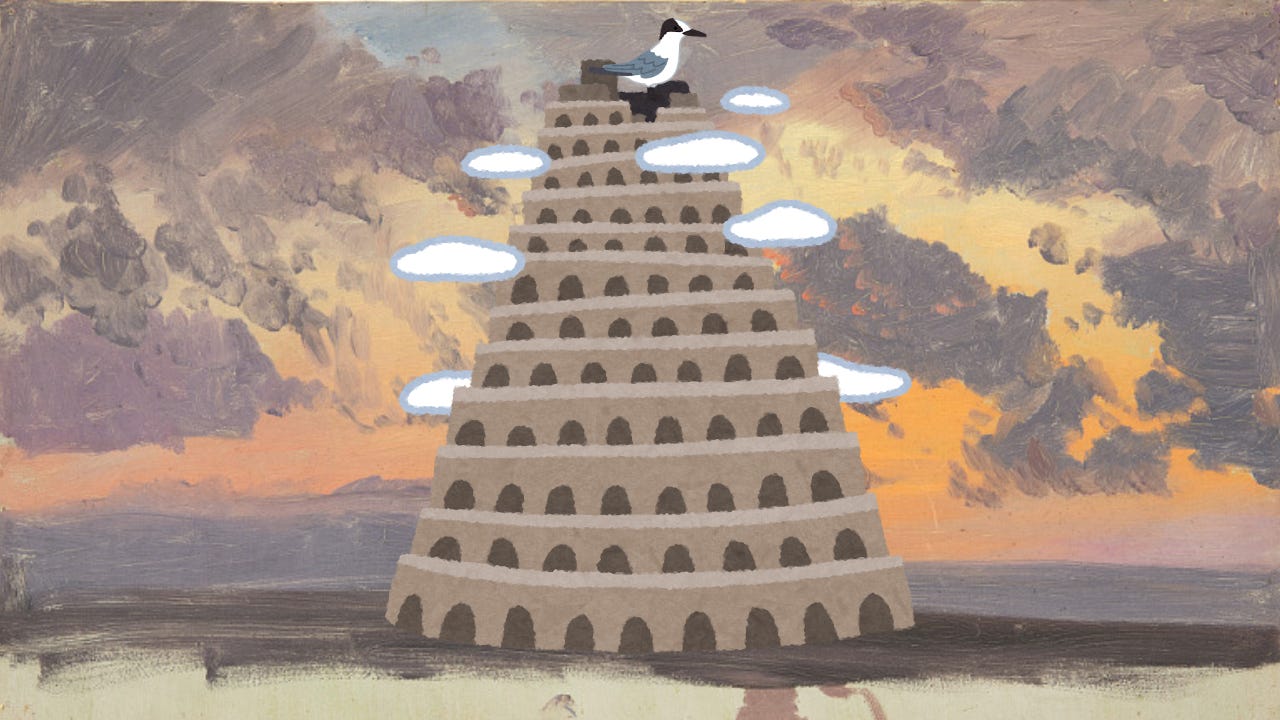Integrating Science into TTRPGs: Dos and Don'ts
How can you incorporate educational topics seamlessly into a game?

Tabletop games, as showcased in game jams like TTRPGs TEACH Jam!, hold immense potential for creating engaging classroom activities and connecting people with new scientific concepts. They can be utilized to teach mixed-language courses, explore identity formation, and enhance the wellbeing of folks like myself on the spectrum. In this article, I’ll draw on my experience as both a STEM teacher and tabletop game designer to explore how to effectively integrate scientific topics into this versatile genre.
Show don’t tell
When we stumble upon fascinating discoveries - like the mafia hypothesis in birds or the hidden ingredient behind Rome’s construction - it’s natural to want to share them with everyone. That enthusiasm is fantastic! However, it’s crucial to ensure your work remains distinct and doesn’t simply replicate the textbook you drew this information from. Avoid the trap of getting so caught up in explaining the science that you lose sight of the game itself. This is a common pitfall I’ve noticed in the solarpunk genre of indie TTRPGs, where creators often get bogged down in detailing solar panel cabling techniques or the intricate workings of algal blooms, instead of bringing people into their unique world. When incorporating science into your game, use it to enhance the narrative and deepen the flavor of your creation, but don’t let it overshadow the gameplay.
Empower players to draw their own conclusions

When designing The Last Step, my goal was to have players view miscommunication between alien civilizations not as a flaw, but as something worth celebrating; an opportunity for communities to connect. This idea is hinted within the game's objectives, but doesn’t specifically lead players through every step to achieve it. Instead, prompts subtly guide them to these conclusions on their own. As creators, we naturally want to share every idea and ensure our message is crystal clear. That’s perfect for an author’s note, but the heart of your game should be something players experience firsthand.
In The Goblin Thought, I centered the gameplay around a growth mindset. Any event could be perceived as positive or negative, depending on one’s perspective. Rather than instruct players to abstractly interpret the world differently, a mechanic with higher and lower-numbered cards determines if a prompt is positive or negative. The goblin's core traits are designed with the same philosophy. For example, during gameplay, a family member playtesting saw predictability as a negative, while I viewed it as consistency and reliability. This divergence sparked discussion, which was my intention - to foster conversation and allow players to engage with the material without me dictating the direction of their thoughts.
In education, particularly through Bloom's Taxonomy, we start by having students memorize and comprehend the material, but the ultimate goal is to enable them to analyze and apply it independently - often through methods like inquiry-based learning. If your TTRPG is to be educational, consider applying educational concepts in it’s structure.
Blend Science with Fantasy

Incorporating the science of your setting into the fabric of your world is key. There's little value in explaining electrical automation if it doesn't directly influence the golem army powering your narrative. I’ve been experimenting with a Mothership module, inspired by my experience of Alien: Romulus last week. In this module, I plan to weave the biology of a dying dragonfly into the spaceship's visual landscape. Instead of just lecturing about dragonfly biology, the ship's respiratory system will visually echo the dragonfly’s anatomy. This ties back to the principle of "show, don’t tell." Make your game engaging; your audience shouldn't need to relearn Chemistry 101 just to play. If they pick up a concept or two through your alchemy system, that’s a win!
Tailor Your System to Your Audience
Understanding your audience is crucial when integrating science into your system. The approach you take will differ significantly depending on whether you're designing for an elementary school classroom with 20 students on a tight curriculum schedule or a high school D&D club exploring current real-world technological topics.
For an elementary classroom, where time is limited and you need to introduce both the subject matter and the game mechanics, you may need to prioritize clarity and brevity. In such cases, "telling over showing" might be more practical to ensure that students grasp the concepts quickly.
In contrast, if you're creating a system for that high school club with a focus on connecting with current events, you can afford to delve deeper into the "show, don’t tell" approach. Here, engagement and in-depth exploration of the topic can be prioritized, as students are likely to be more invested in both the game and the scientific content.
Regardless of your audience, both aspects of educational value and engagement, should be considered. Striking the right balance between them will ensure your system is both effective and captivating.
Make it unique

Looking at popular indie TTRPGs on itch.io reveals that the standout scientific games truly capture attention. For instance, A Perfect Rock is a sci-fi worldbuilding game where players use actual minerals from their rock collections as play pieces. Similarly, Street Magic features a city transformed into an archipelago with a “guerrilla public transit system powered by enchanted street art.” These examples highlight that while educational aspects are important, they often take a backseat to creating a compelling and unique experience that draws players in.
To create something memorable, consider focusing on less mainstream scientific topics and look towards niche current events. For example, while climate change and angler fish are well-known topics, how might dark oxygen affect a deep-sea adventure? Or, how could emergent hurricane spotting techniques be integrated mechanically into gameplay?
In my work on a Mothership module for the Help the Hive game jam (focusing on the hive mind genre), I researched recent studies in real-world hives and ended up writing an article titled “Scent of Sickness: Leveraging Honeybee Communication Chemicals to Track Insect Diseases.” Although I don’t have it all down on paper just yet, I’m envisioning how the ship’s ventilation system could use this concept to detect specific biomarkers and adaptively control the climate.
In Summary
Don’t info-dump everything on your audience - show the science you care about. Let people discover it naturally in gameplay instead of through text.
Consider who your audience is and what order your priorities follow.
Utilize a unique setting and niche scientific topics in combination to provide a stand-out and useful setting.







